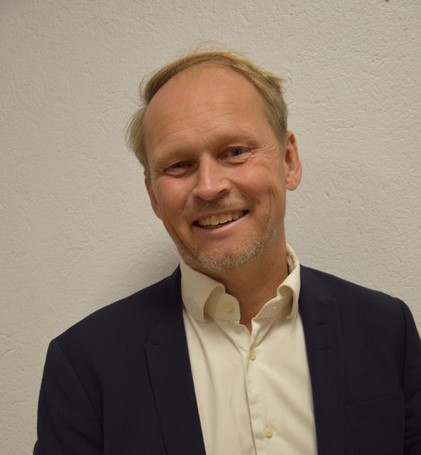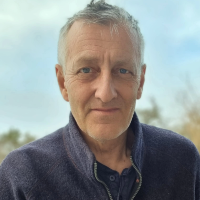APIS
Acoustics and annoyance of future aviation- Simulation Platform and Implementation System
Uppdated results
Bullersimuleringar - SKR WS Bullerstörning från drönare_UlfTv1_UTANfilm.pdf (pdf 2,4 MB)
DICUAM UAM system integration.pdf (pdf 653 kB)
Dicuam24_Health-Care_Use-Case_Orrenius.pdf (pdf 1,2 MB)
Green Flyways 20241127.pdf (pdf 5,7 MB)
SAFTu Simulation Cases_v4.pdf (pdf 669 kB)
Ulfvengren UAM innovation full paper.pdf (pdf 695 kB)
Overall purpose
APIS means bee in Latin and stands for "Acoustics and annoyance of future aviation- Simulation platform and implementation system". The overall purpose of the APIS project is to provide knowledge, guidance and recommendations with respect to noise and annoyance to central stakeholders to facilitate implementation of drones, and other future air vehicle services, in a sustainable manner.
Electric drones are argued to have potential for a future fossil-free transport economy, however, managing noise from operations of drones and other UAM, is critical for their acceptance in society. If noise and annoyance is not sufficiently considered, there is a risk that the realization of these innovations will be delayed or even blocked in planning processes.
Methods and goals
APIS has two main parts: the development of a tool that can simulate sound propagation (SAFTu) and the development of a framework to support implementation of novel air vehicles. The need for a noise simulation tool for these types of aircraft is driven by the very different flight and noise patterns of e.g., Urban Air Vehicles (UAVs) in relation to standard aircraft. In the project, SAFTu will be used for evaluation of noise exposure for different scenarios for placement of vertiports and associated flight paths in and out of Stockholm. The SAFTu tool supports analysis of both standard aircraft as well as novel air vehicles, like drones and electric aircraft.

In addition to the software development, an implementation framework is developed in a collaborative approach with stakeholders including regulators, municipalities, and the aviation industry. This framework is based on a sociotechnical system analysis identifying stakeholders’ information and knowledge support needs, envisioned operations, and best practice for aviation noise impact management.
The goals of the APIS projects are: (i) to develop the standard SAFT tool to become accessible to analysts and decision makers in need of noise simulations in aviation and integrated transportation systems; (ii) establish a new platform SAFTu, supporting decision making including UAMs, which allows for simulation of noise from different types of air vehicles like drones and electric aircraft; (iii) identify critical socio-technical aspects in implementation of drones in urban areas and implementation guidance to central stakeholders and, (iv) engage and collaborate with stakeholders and identify and provide an initial evaluation of measures for noise and annoyance mitigation strategies.
Project members and organization
The project is carried out at INDEK at KTH School for Industrial engineering and management (ITM). Acoustic expertise is assured through researcher at MWL (Prof. Mats Åbom) at KTH School of Science (SCI), as well as consultant researchers at Akustikdoktorn Sweden and at Aurskall Akustik. Domain expertise for drone operations and drone critical technical data will be assured through consultants in the field (Independent Business Group). Akustikdoktorn Sweden is managing the project.
To support the project execution APIS has formed a reference group with representation from EASA (Ivan de Lepinay), LFV (Olivier Petit), Sveriges Kommuner och Regioner (Ulrika Nordenfjäll), Trafikverket (Jean-Marie Skoglund), Naturvårdsverket (Lisa Johansson), Karolinska Institutet Environmental medicine (Charlotta Eriksson), Transportstyrelsen (Marie Hankanen) and Bengt Moberg (Vernamack AB).






